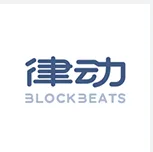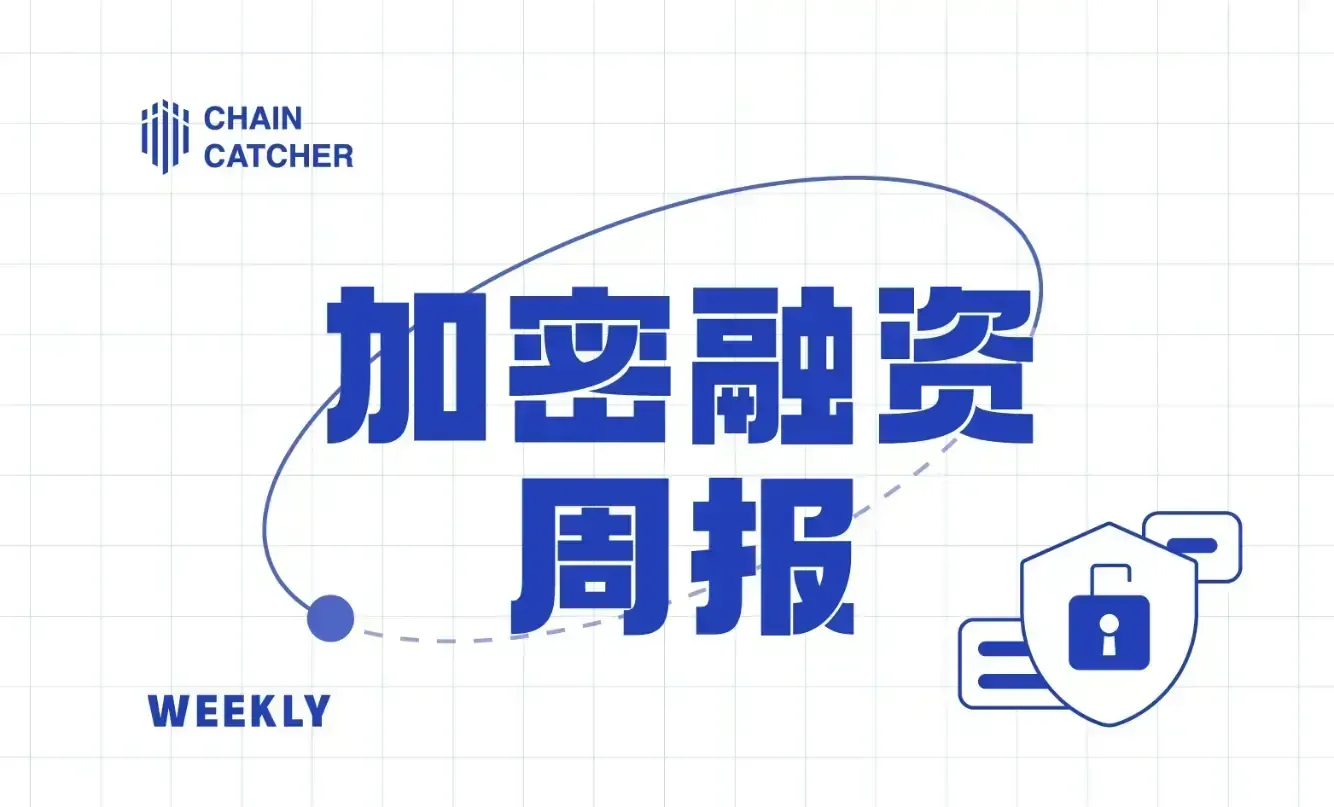Is this the hardest bull market to make money in?
Author: 0xFacai, BlockBeats
Waking up this morning, I found that I had completely reset. For some time, I had been bottom-fishing every day, adding to my positions, and everyone said, "The real bull market is still ahead." I believed it, until today when I received the last message about liquidation.

My wallet is the same; there’s less than $500 left. I’ve been in the circle for less than a year, and back in March and April, I was making money happily. At my peak, my assets were 50 times what they were when I entered the market. As a fresh graduate, I made in three months what my classmates would take years to earn, and I felt a sense of superiority, but today the market educated me.
When I opened Binance this morning, I thought they had changed the favorites list to the homepage display, only to realize this was the gainers list. It was the first time I saw a red Binance gainers list since entering the market; I never thought that falling less could also be a skill.

Recently, everyone has been saying that this round of the bull market is "hellishly difficult." Every meal I’ve had this year has mostly been listening to others complain about how hard it is, whether they are retail investors, VCs, or project teams.

After calming down, I kept reflecting on the past six months, from DePIN going to zero to AI being debunked, then to meme PVP, from "inscriptions are dead" to "VC coins are dead" to "yield farming is dead." It seems that not only I and my friends find it hard to make money, but most people in the industry are struggling as well.
ETFs Are the Last Hit of Heroin
When the Bitcoin spot ETF was approved six months ago, everyone thought a raging bull market was coming. A colleague of mine said he felt this bull market was very twisted; he didn’t see any interesting innovations or narratives in the industry, yet a bunch of people were shouting about a crypto revolution. In hindsight, he was right.
Looking back, the crypto circle at that time was like using heroin, and the ETF was the last hit.
In the past six months, after communicating with peers, I found that since last year's series of industry institution collapses, the crypto circle has become more open to terms like "Ponzi" and "scam," fully embracing deception. Once, while having dinner with a VC friend, he half-jokingly told me, "Now calling a project a Ponzi is a compliment," and upon reflection, I realized he was indeed speaking the truth.
You can clearly feel that projects and institutions like LUNA, Three Arrows, and FTX set a very bad example for people in the circle. Now everyone thinks that the more of a Ponzi scheme or high leverage you are, the faster the price will rise, while most institutions and retail investors actually don’t care about the so-called value of blockchain; they just want their $5,000 to turn into $50 million in a month.
So, when people complain about the lack of new narratives, I think that’s not the case. As a newcomer to the circle, I could still feel that there were many new things in the industry in the first few months, whether it was inscriptions, AI, or memes, refreshing my understanding every day. It was only later, after communicating with more peers, that I realized many of these so-called new concepts were actually old wine in new bottles.
Thus, I formed a worldview about this industry: this circle doesn’t care about innovation. New narratives are just a way for everyone to indulge themselves and others, taking hits of heroin; when there’s no vitality, they take another hit, but after the high, all that’s left is pain and confusion.
Think about it carefully; really think about it. Which narrative in this cycle isn’t like this? Take inscriptions, for example. From being criticized for copying ERC20 in March last year to skyrocketing in May and being pulled into OKX, then by the end of the year, VC institutions and public chains suddenly poured in, inexplicably throwing in a lot of money, and this thing went from "copycat trash" to "golden shovel." But in reality, who doesn’t know that this thing is garbage?
After the heroin of inscriptions, everyone suddenly realized, "Oh! The new token standard is innovation; it’s the next hundredfold!" Thus, Analysoor on Solana went from inscriptions to shovels, then to (ZERO, ONE), and some useless NUTS turned into a coin that increased tenfold in a day just because it changed from a picture to a coin, leading to a series of 404 image-to-text fantasies.
And AI, when I thought about it these past few days, the logic is actually that the hottest topic in the US stock market and venture capital circle is AI. If you can’t find any other reason, you’ll find that the one that skyrocketed the most is a meme coin $GPU that imitates Nvidia’s logo and name. Once, I had a conversation with the founder of an AI project funded by a major exchange; his project was about decentralized large model aggregation. He clearly told me that the decentralized approach couldn’t compete with giant AI, and when I asked why he was still doing it, he replied, "But I think it’s worth a try," which left a deep impression on me. It’s the most ridiculous thing; everyone knows decentralized AI is nonsense, yet from entrepreneurs to VCs to exchanges, everyone pretends to take it seriously. From IO to ATH, it’s all a huge waste of resources, and in the end, Amazon becomes the big winner.

I don’t know what it was like before, but at least since I entered the circle, the crypto world feels like a crocodile farm, where everyone is waiting for liquidity to come and then take a big bite. But when everyone has taken their money out, they find there’s nothing new, so they can only keep sucking up the scraps, hoping for ETF liquidity to save themselves, only to find that the ETF is actually the last hit of heroin they’ve shot up. The market has no liquidity; no one can save you.
After the high wears off, everyone wakes up, and the anticipated bull market becomes the most brutal PVP battlefield in crypto history. Everyone has nothing left to trade, and they ultimately choose to meme themselves to death. The frequency of trading coins has gone from once a year to once a month, then to once a day; the time for coin prices to double has gone from a week to a day, then to an hour; the market cap of coins has gone from hundreds of millions of dollars to millions, then to tens of thousands, and the trading mantra has gone from "diamond hands" to "don’t have a big picture." Without heroin, everyone is going crazy trying to escape.
Value Coins Cut Me the Deepest, But VCs Aren't Faring Any Better
Previously, there was a lot of criticism about the phenomenon of "high FDV and low market cap." For a while, I also criticized it harshly because I found myself at a loss for how to analyze or make money. Every day I was writing seemingly well-reasoned deep analyses, but in reality, my gambling soul was revealed late at night. I found it increasingly difficult to justify the high valuations, and I became less and less confident in what I was saying. I felt like I was aiding and abetting, helping institutions cut down new investors, and in the end, I got cut too.
I read an article by Cobie, and I thought he was right: the value discovery of all tokens/projects/opportunities happens entirely in the primary market, leading to no one being able to take over in the secondary market. Recently, I had coffee with a top VC friend in China, and he told me a case: a small project doing ZK privacy infrastructure was valued at $5 million on the day of its launch, and by the next day, it was being revalued at $20 million for a new round of financing. It’s not that there’s no increase; it’s just that you can’t see it. It’s not that there are no opportunities; it’s just that you’re not qualified.
Last month, while chatting with a peer, we debated about the first large-cap coin to rise in the early bull market, which was TIA, the sector leader, definitely a VC coin. But after a large-scale airdrop, it went from $2 to $17, even being called "the new (3, 3)" and "the best yield strategy of this bull market." There are also SOL, TON, ENA, NOT, all of them are like this, with large market caps, yet they just keep rising.
At that time, I didn’t know how to refute it. In fact, I had even summarized a logic for myself: this cycle is about playing "strong庄币" (strong庄币 refers to coins controlled by strong hands). They have a big picture; they have ideals. It wasn’t until I recently saw the trends of these "strong庄币" that I realized that discussing the big picture without liquidity is like discussing love without money.

The most vocal multi-chain narratives are now falling to the ground.
One of the benefits of being in the media is that sometimes you can sense that there are pushers behind certain narratives. For example, around April and May last year, articles about "new opportunities for SOL" suddenly increased on the website, and I wondered if these people had lost their minds. Later, when the price rose to $40 or $50, I realized that a lot of OTC trading had happened behind the scenes.
TON is the same; after the TON Foundation linked up with Telegram at Token2049, a series of submissions flooded in, and various ecological projects actively sought interviews. Later, a former Alibaba friend showed me a very firm optimistic sentiment during our chat, and all these were signals that I had ignored, which now makes me regret.
However, even strong庄, when there’s no liquidity, is just as painful. I still clearly remember seeing Twitter filled with new believers who resolutely re-entered SOL at the $190 high. When people finally had a new consensus and belief, the rise came to the "last leg." Looking back now, TIA, ENA, NOT, which one isn’t like this?

But on the flip side, VCs and market makers are also struggling. Their size is there, their KPIs are there, and the funds must be deployed, and indeed there’s no other way. Today I saw an article where ChainCatcher interviewed VCs, and sometimes they are also big victims, paying for narratives or chasing trends, pushing valuations to the sky, only to find that retail investors aren’t buying, and the pile of coins in their hands is stuck in various lock-ups, leaving only "paper wealth."
Many VC friends have given me feedback on exit issues, and the summary boils down to two words: anxiety. Although their investments still have two to three times returns on paper, everyone knows that when their shares unlock, the price will definitely not be the same as now. Plus, with market liquidity still drying up, they have to think of ways to recover. From what I understand, many VCs have recently started OTC trading their locked amounts; previously, a 30% discount was considered harsh, but now it’s directly 20% to 30%, focusing on survival.
Personally, I’m very pessimistic about this matter; I think a batch of VCs still needs to die. Because if the market starts to improve from here, these risk-seeking, low-responsibility VCs and the bags in their hands will survive, then no one will learn any lessons. The problems that have erupted now will erupt again in the future, and what’s the difference between us and Wall Street?
I sympathize with those VC friends struggling in "hellish difficulty," but the situation may get even worse.
So Where’s the Problem?
Not long ago, I was chatting with a post-2000s junior friend. He started trading coins in 2020 and has now withdrawn all the money he earned, borrowing a lot of yen to buy US bonds. Now he can earn several thousand dollars a month from the interest rate difference, and he told me he can lie flat until 2030. When I heard this, I realized that it seems every wealthy person is playing this bloodsucking game, so how can there be money in the market? That conversation was the first time I truly felt the practical impact of interest rate hikes on the crypto world. I used to think that interest rate cuts were just expectations; now I believe that interest rate cuts are the only way to survive.
Returning to the industry itself, I often discuss with our deputy editor whether this industry is a scam. One point he often defends for VCs is that the last cycle saw a massive explosion of applications, leading to public chains being overloaded, so capital’s focus began to shift to infrastructure. However, infrastructure doesn’t directly interact with the user side, leading retail investors to feel there’s no narrative. He always tells me that this industry still has value and innovation, such as DeFi and NFTs.
Okay, I admit they have value, but if there is value, why isn’t anyone continuously innovating in these areas? Why choose to abandon past successful narratives to weave new lies? I feel that the crypto circle is now trapped in the most severe existential crisis in history, as everyone realizes that although blockchain or Web3 has many promising applications, people seem unwilling to admit that the current user profile of this industry is just gamblers.
A few days ago, I interviewed an AI entrepreneur. Although they are working on an AI model distillation platform, the actual product is AI astrology. His explanation was: you have to serve your real users well first, and after surviving, think about other things. I think the crypto circle is the same; the success of Uniswap has led us to make incorrect judgments about the industry’s development. When you think about it carefully, you’ll find that Uniswap is just a modest version of pump.fun. Perhaps we should return to the essence and serve the current real users well. But what do I know? I’m just a small retail investor who recently entered the circle and has gone to zero.
Alright, I’ve finished my complaints. Thank you all for wasting your time reading this.












